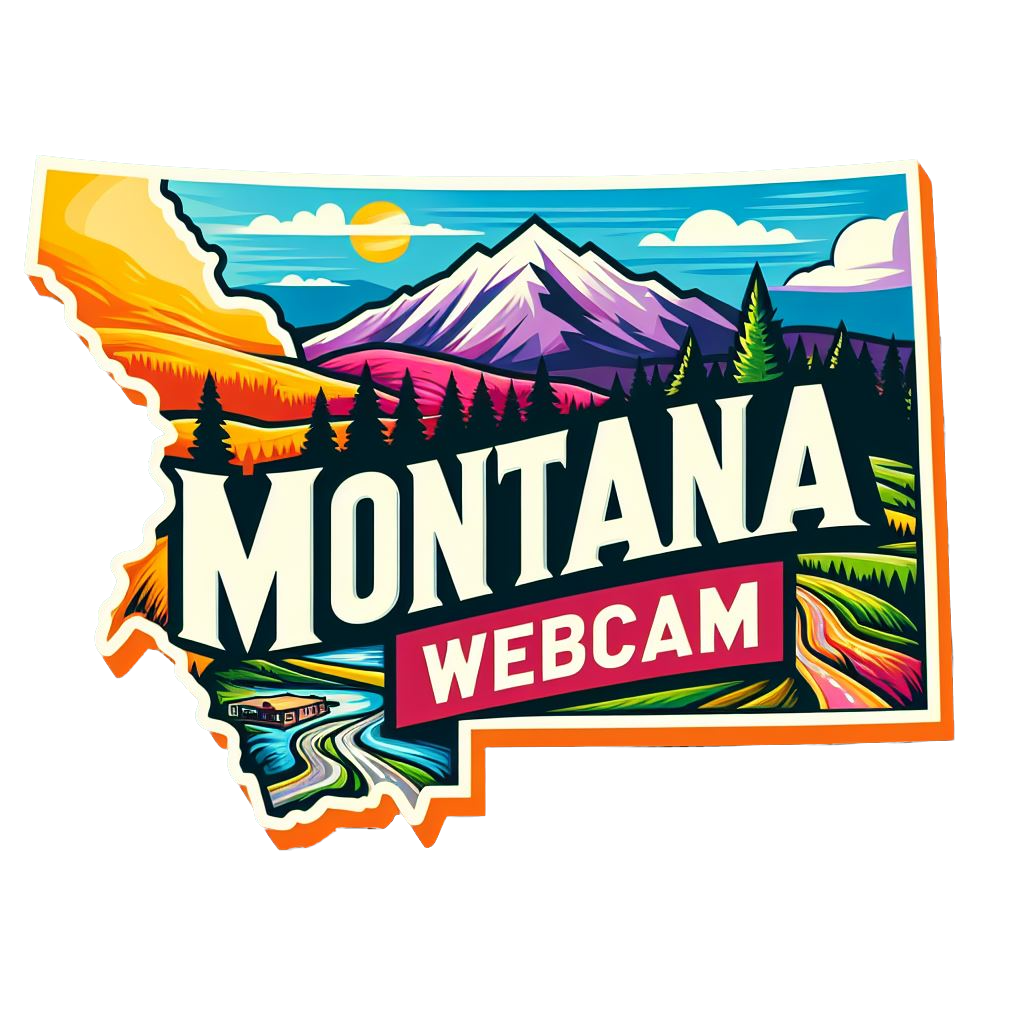Ferndale, MT Weather Cams
Ferndale Airport Weather Cams
Ferndale, Montana: A Rural Hamlet’s Journey Through Time
Ferndale, MT Weather Cams.Nestled in the scenic Flathead Valley of northwestern Montana, the unincorporated community of Ferndale has a rich history that mirrors the broader development of the American West. From Native American roots to homesteading pioneers and modern-day residents, Ferndale’s story is one of resilience, adaptation, and deep connection to the land.
Long before European settlers arrived, the Flathead Valley was home to various Native American tribes, primarily the Salish, Kootenai, and Pend d’Oreille. These indigenous peoples lived in harmony with the land, fishing the abundant waters of Flathead Lake, hunting in the surrounding forests, and gathering wild plants for sustenance and medicine. The area that would become Ferndale was part of their ancestral territories, serving as hunting grounds and seasonal camps.
The arrival of European explorers and fur trappers in the early 19th century marked the beginning of significant changes for the region. The Lewis and Clark expedition passed through the nearby area in 1805-1806, opening the door for further exploration and eventual settlement. Fur traders, drawn by the rich wildlife of the region, established temporary posts and began interacting with local tribes.
The mid-19th century saw increased pressure on Native American lands as the United States government pursued policies of westward expansion. The Hellgate Treaty of 1855 established the Flathead Indian Reservation, significantly altering the traditional territories of the local tribes. While Ferndale itself was not part of the reservation, its development was influenced by these broader regional changes.
Homesteading in the Flathead Valley began in earnest in the late 19th century. The 1862 Homestead Act and the completion of the Northern Pacific Railroad in 1883 brought a wave of settlers to the region. Among these early pioneers were the families who would establish what became known as Ferndale. They were drawn by the fertile soil, abundant water from nearby streams and Flathead Lake, and the promise of a new life in the West.
The name “Ferndale” is believed to have originated from the abundance of ferns that grew in the area’s moist, forested environment. Early settlers cleared land for farming, built log cabins, and slowly transformed the wilderness into a small agricultural community. Wheat, oats, and hay were common crops, while many families also kept livestock.
As the community grew, it developed the institutions necessary for rural life. A one-room schoolhouse was established in the early 1900s, serving as both an educational center and a gathering place for community events. Local churches were formed, reflecting the spiritual needs and diverse backgrounds of the settlers.
The early 20th century brought both challenges and opportunities to Ferndale. The Flathead Valley experienced a boom in fruit orchards, particularly apple trees. Many Ferndale farmers diversified their crops to include fruit production, taking advantage of the region’s suitable climate and soil. This period also saw improvements in transportation, with better roads connecting Ferndale to nearby towns like Bigfork and Kalispell.
World War I and the Great Depression affected Ferndale much as they did other rural American communities. Many young men left to serve in the war, while the economic downturn of the 1930s tested the resilience of local farmers. Despite these challenges, the tight-knit community pulled together, with neighbors supporting each other through difficult times.
The post-World War II era brought significant changes to Ferndale and the surrounding Flathead Valley. Improved transportation and communication networks made the area more accessible, leading to increased tourism and recreational development. Flathead Lake, with its pristine waters and scenic beauty, became a major draw for visitors and new residents alike.
Agriculture remained an important part of Ferndale’s economy, but the nature of farming changed. Smaller family farms began to give way to larger operations, while some agricultural land was converted for residential use. The community’s proximity to Flathead Lake made it an attractive location for both year-round residents and vacation homes.
Environmental concerns came to the forefront in the latter half of the 20th century. The clean waters of Flathead Lake and the surrounding forests became recognized as valuable resources to be protected. Ferndale residents, like many in the Flathead Valley, became increasingly involved in conservation efforts to preserve the natural beauty and ecological integrity of their home.
Today, Ferndale remains a small, unincorporated community that balances its agricultural heritage with modern rural living. Its population has grown modestly over the years, but it retains a close connection to its historical roots. Many descendants of the original homesteading families still live in the area, preserving family histories and traditions.
The community faces ongoing challenges, including balancing development with preservation of its rural character, adapting to changing economic conditions, and addressing issues such as wildfire risk and water quality. However, the spirit of resilience that has characterized Ferndale throughout its history continues to guide its residents.
Ferndale’s story is more than just a local history; it reflects the broader narrative of rural America. From Native American stewardship to pioneer settlement, from agricultural development to modern conservation efforts, the community has continually adapted to changing times while maintaining a strong sense of place and community.
As Ferndale looks to the future, it does so with an appreciation for its past. The ferns that gave the area its name still grow in the shadowy forests, a reminder of the natural beauty that has always defined this corner of Montana. The old farmhouses, historic barns, and winding country roads tell the story of generations who have called this place home. And in the faces of today’s residents – whether fifth-generation farmers or newcomers drawn by the area’s beauty – one can see the continuing story of Ferndale, a small community with a big heart in the vast landscape of the American West.
For more information, visit the official Ferndale, MT website.
